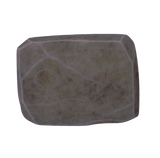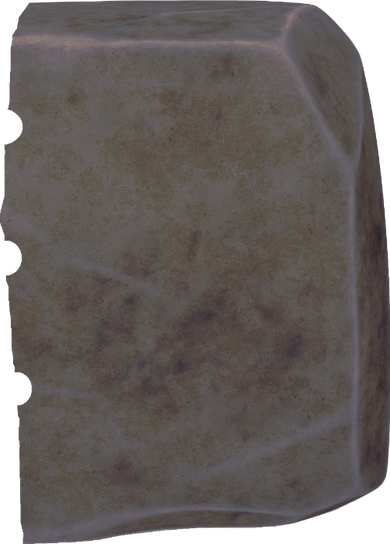


Breaking the Stone
Skilled Quarrymen
During 1902-03, over 2000 tonnes of basalt or bluestone blocks were loaded onto wagons and railed from Kokonga to Dunedin to construct the Dunedin Railway Station.
The lower slopes of the Rock and Pillar Range between Waipiata and Kokonga are dotted with basalt outcrops, a hard volcanic rock formed by lava flows. The Williamson family of Daisybank was awarded the contract to supply and cart the bluestone. They used only three horses and sheer manpower to load the blocks onto a dray (cart).
Skilled quarryman that were employed often had learnt the trade from older family members. The process of splitting the stone would have been extremely time consuming and hard work.
The Otago Rail Trail Trust and Museograph would like to thank Carl Murray who provided photographs and research from his thesis "The Forgotten Quarry: Kokonga Basalt and the Dunedin Railway Station" 2018, University of Otago.
Create your own Kokonga Stone splitting Instruction Manual
This is your chance to teach others about how to split massive stone in half. You could draw a flow chart, create a Scratch animation or create a 'How to video'. Click the images on the right and select the download arrow to download the images that you can use in your project or you could draw your own images.











